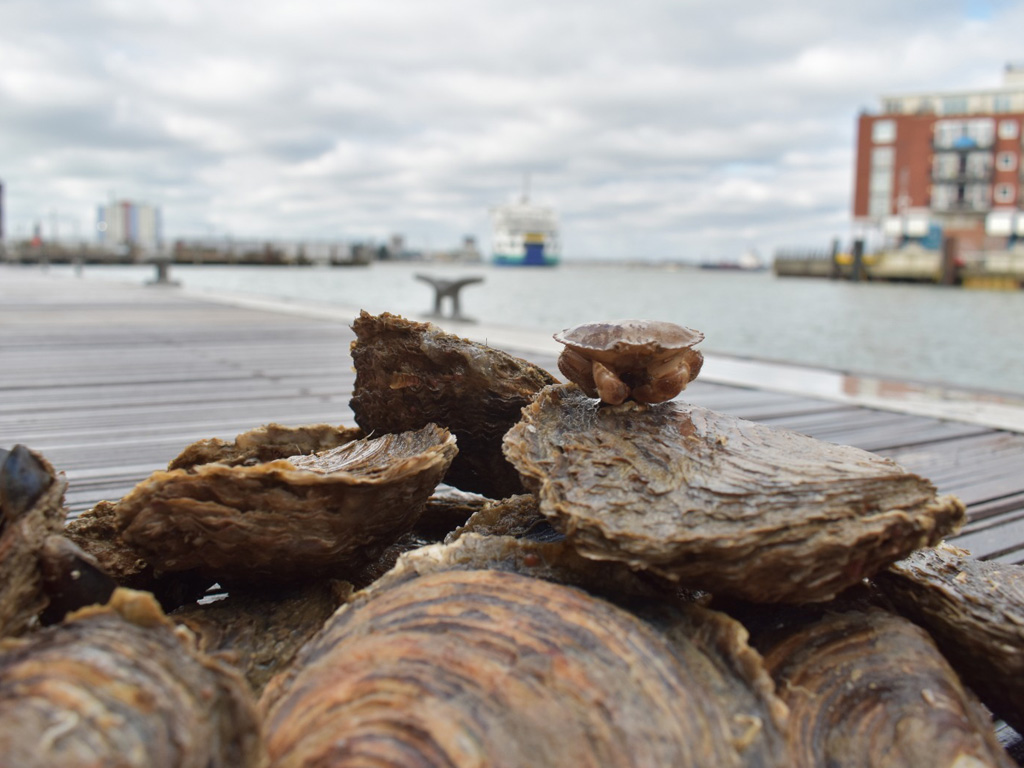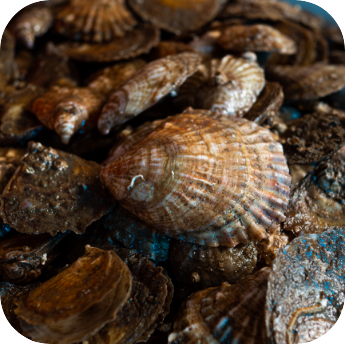Oyster Reefs
Oysters are ecosystem engineers, meaning that they provide unique habitats and a range of benefits to both the surrounding environment and to people.

These remarkable animals can significantly improve water quality (a single oyster can filter 200 litres of water every day), provide a home for hundreds of other species and act as a natural defence against coastal erosion.
Unfortunately, the loss of the native oyster has meant that many of these benefits have been lost in the Solent. Blue Marine Foundation has been working with the University of Portsmouth to restore and protect native oyster reefs here since 2017. As part of the Solent Seascape Project, these partners will be actively restoring 4 hectares of oyster habitat alongside the other key habitats. You can read about our latest oyster reef restoration here, which took place in the River Hamble.

Oysters were once abundant across the Solent, but how do we bring oysters back from the brink? Watch this film to join our team in the river Hamble as we deployed over 14,000 oysters into the Hamble to kickstart oyster restoration in the Solent.

In order to increase the number of breeding oysters within the Solent, Blue Marine’s team has placed mature “brood stock” oysters at high densities in cages hung in the water beneath pontoons, facilitating the release of millions of larvae into the Solent. The cages have been shown to provide a refuge for other marine life, with 97 different species having been found living within the cages so far, including critically endangered European eels, juvenile spiny seahorse and sea bass. To promote natural recruitment and re-establish oyster reefs, Blue Marine’s team is also creating new reefs in suitable areas across the Solent.
Find out how you can get involved in our oyster restoration work here.